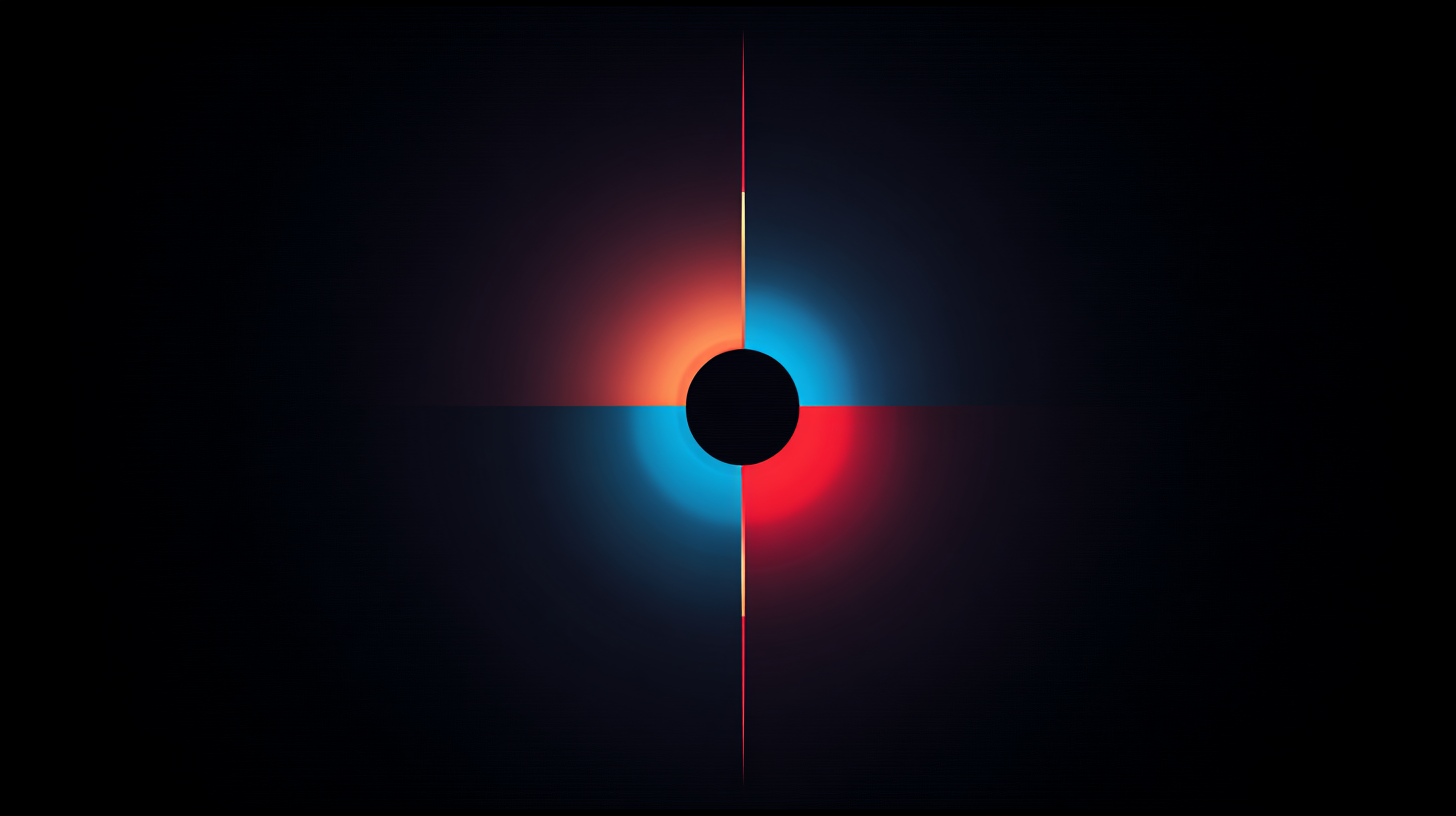Preface
Previously, I introduced the velocity framework as an aid for thinking through bottlenecks in systems, including industries and companies. This framework is an abstract and generalized framework, that requires the derivation of concrete examples, for it to be useful. In this blog, we derive a concrete instance leveraging the refractive index of different materials / mediums for light. Ultimately the generalized formulation, v = min(C_max, s / δt) , becomes v = min(C_max, s / nt) where n is the refraction in different medium, 1.003 for air, 1.5 for glass, 2.4 for diamonds, etc.
In terms of why a photon has different refraction in different medium, I do not speculate on that here, I simply treat those mediums as black boxes and accept that the impact of whatever happens can be measured, even if it is difficult to precisely observe what happens. Whether in strategy or any other endeavor, it is important to be at least honest with yourself about what you know for sure, and what is only a theory/theorem, etc.
Introduction
Light travels at a constant speed c (approximately 299,792 km/s) everywhere and always. However, the elapsed time the energy of a photon takes to move through a field, its displacement, and therefore its velocity, depends on the refractive index of that medium. While interference among waves is one explanation for this, here, medium is treated as a black box that has an impact on the displacement time between an input photon and an output photon.
The refractive index for light is approximately 1.0003 for air, 1.333 for water, 1.5 for glass, and 2.417 for a diamond. The refractive index is commonly. referred to as "n", and the velocity of light in a medium is often stated as v = c / n.
Reframing within the context of the Velocity Framework
Reframing n not just as an optical property, but as a "coefficient of complexity" analogous to δ in the Velocity Framework? This positions refractive index as a measure of environmental resistance that dilates time and caps progress [1].
The Velocity Framework starts with basic velocity: v = s / t, where s is displacement (net progress) and t is time. To account for real-world limits, it introduces a maximum capacity or velocity C_max: v = min(C_max, s / t). C_max represents a system's inherent cap, like a factory's productive capacity/throughput.
The framework adds the Coefficient of Complexity δ, which dilates time to reflect friction: v = min(C_max, s / (δ t)). Here, δ > 1 quantifies inefficiencies—bureaucracy in organizations, technical debt in software, or market resistance in economies—that inflate effective time, reducing output despite ample inputs. Similarly, n "dilates" light's elapsed time in a medium (v = c / n), δ acts as a complexity coefficient for information or energy flow in systems, with n serving as a direct analog in optics. Restating the formula using refractive index instead of δ yields:
- v = min(C_max, s / (n t))
High n or δ articulates greater impediments to progress.
Consider applications. In optics, minimizing n (e.g., via anti-reflective coatings) speeds light for clearer lenses or faster fiber optics [10]. Similarly, in business, diagnosing high δ—say, in AI development where model/processing complexities slow inference—prompts optimizations like pruning algorithms to reduce "friction." The framework's scenarios highlight this: if inputs exceed capacity but δ (or n in optical terms) is high, velocity stalls or is impacted.
Conclusion
Reframing refractive index as a coefficient of complexity illuminates broader insights. It underscores that velocity isn't absolute but contextual, shaped by environmental intricacies. In an era of accelerating tech, this metaphor urges us to "clear the medium"—streamline complexities—to unlock true velocity, whether for photons or progress.
References
[1] The Velocity Framework. https://www.bohcay.com/library/the-velocity-framework
[2] Speed of light - Wikipedia. https://en.wikipedia.org/wiki/Speed_of_light
[3] Refractive index - Wikipedia. https://en.wikipedia.org/wiki/Refractive_index
[4] Index of Refraction Values - The Physics Classroom. https://www.physicsclassroom.com/calcpad/refrn/n-Values
[5] Refractive index | Definition & Equation | Britannica. https://www.britannica.com/science/refractive-index
[6] Refractive Index - StatPearls - NCBI Bookshelf. https://www.ncbi.nlm.nih.gov/books/NBK592413/
[7] What really causes light/photons to appear slower in media? - Physics Stack Exchange. https://physics.stackexchange.com/questions/11820/what-really-causes-light-photons-to-appear-slower-in-media
[8] Q: If light slows down in different materials, then how can it be a universal speed? - Ask a Mathematician. https://www.askamathematician.com/2011/08/q-if-light-slows-down-in-different-materials-then-how-can-it-be-a-universal-speed/
[9] List of refractive indices - Wikipedia. https://en.wikipedia.org/wiki/List_of_refractive_indices
[10] RefractiveIndex.INFO - Refractive index database. https://refractiveindex.info/
